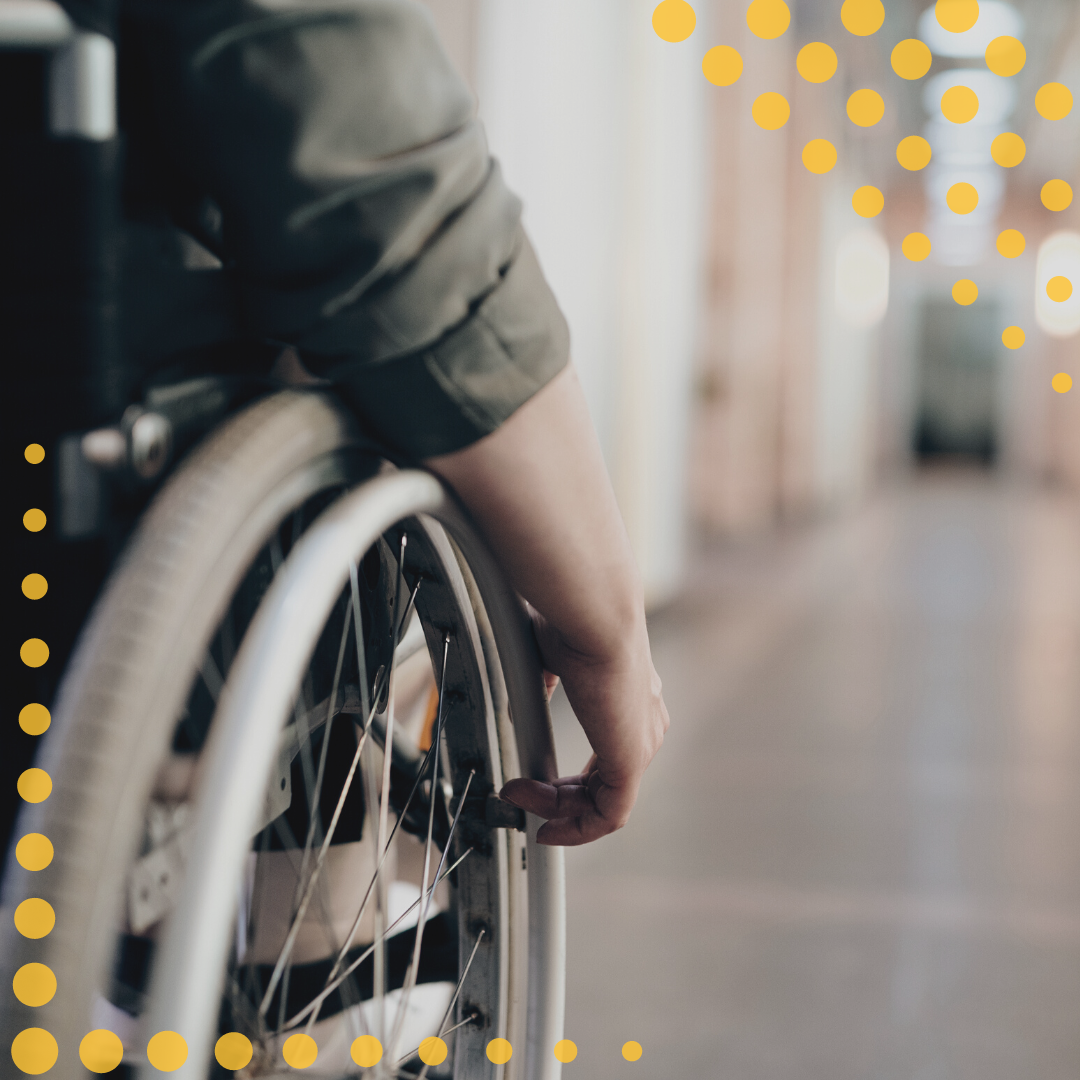Losing a limb is a traumatic event with a profound impact. This experience radically changes the way you face life since you have to adapt to new ways of carrying out activities. Additionally, you have to overcome the loss and sadness associated with this situation.
The California Workers’ Compensation Appeals Board (WCAB) has defined an amputation as “the severing or removal of all or part of a limb, part of a limb, or other body appendages.”
Amputees experience many changes in their lives after surgery. In order to help them return to work requires extensive and ongoing medical treatment, as well as prosthetics and rehabilitation.
Most common causes
Amputations can be the result of dangerous conditions in the workplace. For example, whether someone suffers a machine-induced injury or a significant crushing causes amputation of a limb, these injuries are often the result of unsafe working conditions, whether related to lack of training, faulty equipment, or machines.
What to do?
If you have suffered an amputation as a result of a work injury, it is crucial that you take appropriate steps to prepare and file a claim. Keep these critical recommendations in mind:
● Tell your employer about the injury
● Seek medical attention
● Keep detailed records of the incident, gather evidence, medical records, photos of the injury, and records related to lost wages.
Compensation
The State of California has specific laws that determine the benefits to which amputation injuries are entitled. The amount of compensation calculated is based on which part of the body was affected by the amputation, and it varies according to the importance of the lost limb.
Seek legal advice
Getting the right advice can make a big difference. At Julie O Law, we understand that an amputation requires complex healing and is a challenging experience to overcome. That is why we promise to be by your side throughout the process. In addition, our team of experts is also prepared to achieve a fair agreement that covers your financial and emotional needs.
